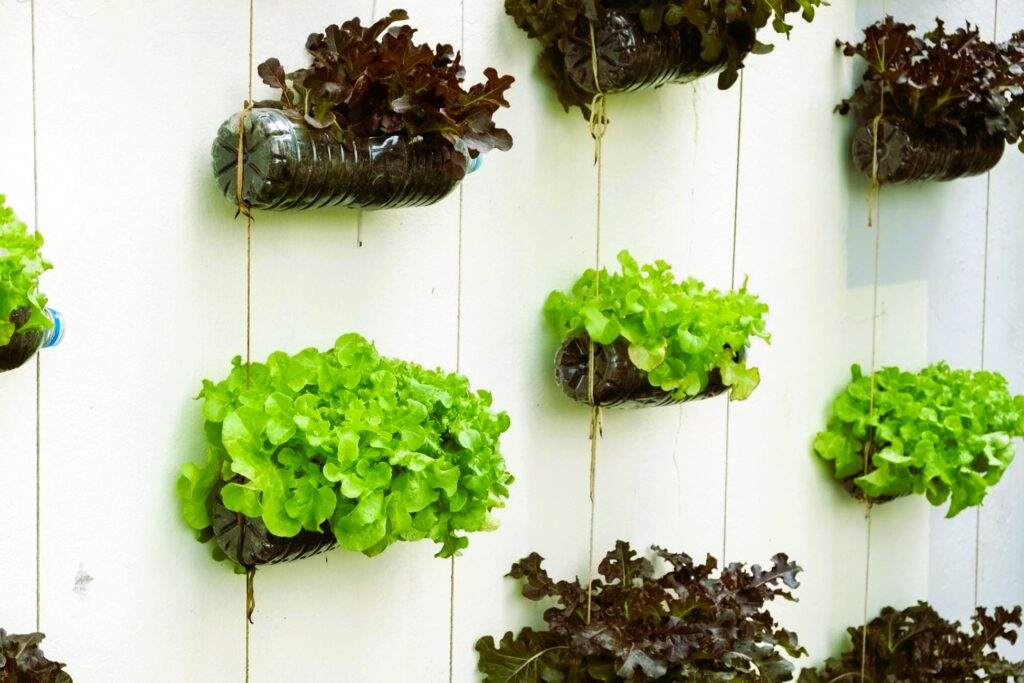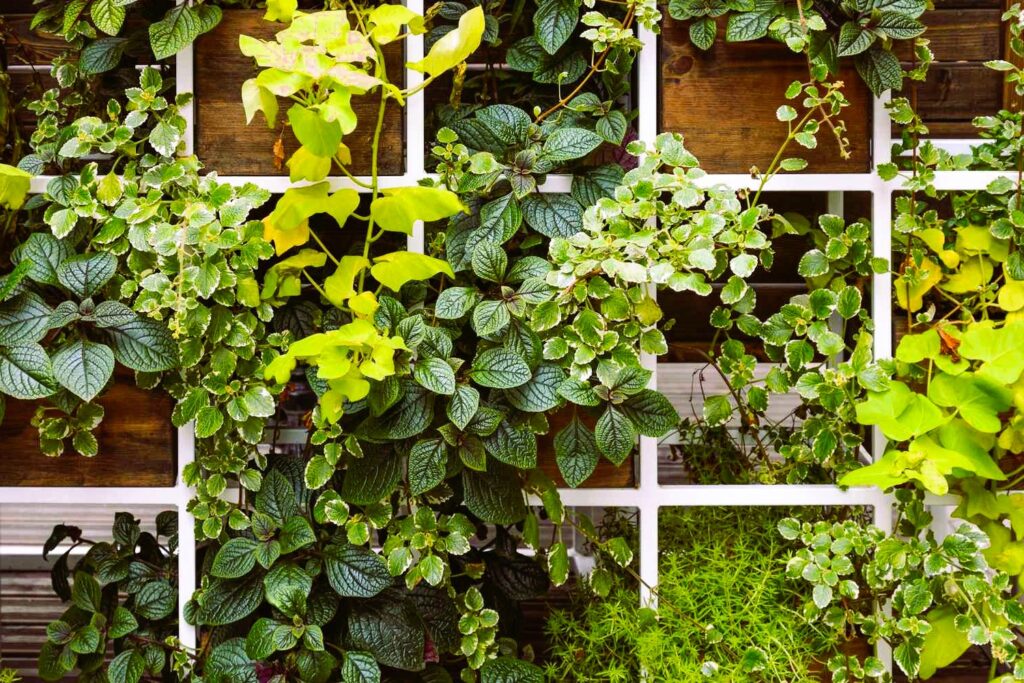Gardening is a creative and rewarding endeavor that allows us to connect with nature and beautify our surroundings. While traditional gardens are typically ground-based, there is an emerging trend that takes gardening to new heights – vertical gardening. By utilizing walls and trellises, vertical gardening offers a unique and space-efficient way to grow plants, herbs, and even vegetables. In this article, we will delve into the art of vertical gardening, exploring its benefits, techniques, and design considerations.
Benefits of Vertical Gardening
- Maximizing Space
One of the primary advantages of vertical gardening is its ability to maximize space. In urban areas or homes with limited outdoor areas, vertical gardens provide an opportunity to grow plants vertically, making efficient use of walls, fences, or structures. Whether you have a small balcony, a narrow alleyway, or a compact backyard, vertical gardening allows you to create a lush green space without sacrificing valuable ground space.
- Improved Aesthetics

Vertical gardens add a unique and visually appealing element to any setting. They transform bare walls and structures into living, vibrant displays of foliage and flowers. Vertical gardens can be designed to create a striking focal point, enhance architectural features, or even serve as living art installations. The vertical orientation adds depth and dimension to your outdoor or indoor space, creating a captivating and enchanting atmosphere.
- Increased Plant Diversity
Vertical gardening opens up a world of possibilities when it comes to plant selection. You can grow a wide variety of plants, including ornamental flowers, cascading vines, herbs, and even vegetables. Different species can be combined to create a visually diverse and texturally interesting garden. With vertical gardening, you can experiment with different plant combinations, colors, and textures to achieve a truly unique and personalized garden.
Techniques for Vertical Gardening
- Wall-Mounted Planters
Wall-mounted planters are a popular choice for vertical gardening. These planters can be affixed to walls or fences, allowing plants to grow vertically while providing adequate soil and drainage. Choose planters that are suitable for the plants you wish to grow, ensuring they have sufficient depth and proper drainage holes. Consider using lightweight materials, such as recycled plastic or fabric, to reduce the overall weight on the wall and facilitate easier installation. Low-e glass, how it works and why it matters.
- Trellises and Arbors
Trellises and arbors are excellent structures for supporting climbing plants. They provide vertical support and serve as a framework for plants to grow and spread. Install trellises against walls, fences, or in freestanding positions within your garden. Ensure they are securely anchored and can withstand the weight of the plants they will support. As the plants grow, guide their tendrils or vines towards the trellis, training them to climb and intertwine with the structure.
- Living Walls
Living walls, also known as green walls or vertical gardens, are created by installing planters or modules onto a specially designed framework attached to a wall. These structures allow plants to grow vertically and cover the surface area of the wall entirely. Living walls can be created indoors or outdoors, providing a stunning and eco-friendly design element. They require careful consideration of irrigation and drainage systems to ensure the plants receive proper water and nutrients.
Design Considerations for Vertical Gardening
- Light and Sun Exposure
When planning your vertical garden, consider the amount of light and sun exposure the chosen location receives. Most plants require a minimum of six hours of sunlight daily for healthy growth. Evaluate the orientation of your walls or structures to determine if they face the north, south, east, or west. This information will help you select plants that are compatible with the available light conditions.
- Plant Selection and Placement
Choose plants that are well-suited for vertical growth and can thrive in the specific environmental conditions of your location. Consider the mature size of the plants and ensure they have enough space to grow vertically without overcrowding. Place taller plants towards the back or center of the vertical garden and shorter or trailing plants towards the front or edges. This arrangement will create a visually appealing and well-balanced composition.
- Watering and Irrigation

Vertical gardens require proper watering and irrigation systems to ensure the plants receive adequate moisture. Consider installing drip irrigation systems or using self-watering planters to automate the watering process. Regularly monitor the moisture levels in the soil and adjust the watering frequency accordingly. It is essential to strike a balance between providing enough water for the plants’ needs without overwatering and causing drainage issues.
- Maintenance and Pruning
Like any garden, vertical gardens require regular maintenance and pruning. Monitor the growth of your plants and trim or prune them as needed to maintain their shape and prevent overcrowding. Remove any dead or diseased foliage promptly. Regularly inspect the structure, such as trellises or planters, to ensure they are secure and in good condition. Regular maintenance will keep your vertical garden healthy and thriving.
Conclusion
Vertical gardening is an innovative and exciting way to create a stunning garden in limited spaces. By utilizing walls, trellises, and other structures, you can transform any outdoor or indoor area into a lush and vibrant oasis. The art of vertical gardening offers numerous benefits, including space optimization, enhanced aesthetics, and increased plant diversity. With the right techniques, thoughtful design considerations, and proper maintenance, you can enjoy the beauty and functionality of a vertical garden in your home. Embrace this creative gardening approach and let your walls come alive with nature’s beauty.

